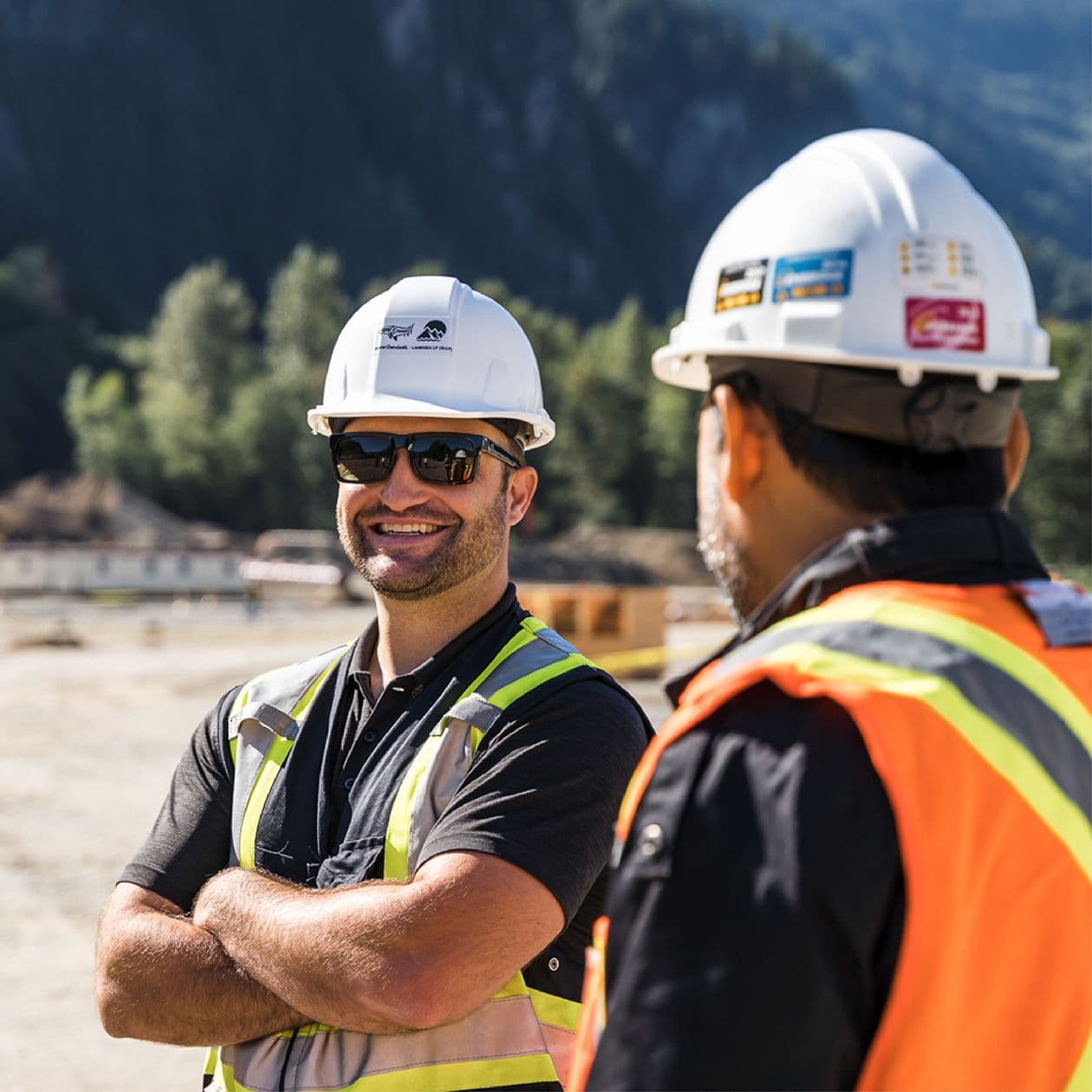Think about the last major B2B purchase you made. Did you pore over spec sheets, or did you have an immediate gut feeling about a brand that just "felt right"?
For decades, the industrial sector has operated under the lie that B2B is a purely rational game. But the truth is, even educated and experienced clients buy with emotion first and then justify their choice with facts. This means emotion is the most powerful driver for growth.
Essentially, who is buying, how they are buying, and why they are buying has changed - yet our marketing has not. The bottom line is this: if industrial brands don't adjust to the “new ways of marketing” they risk falling behind, wasting valuable and scarce resources, and losing a sale when it really counts.
At SitePartners we believe it's time to rethink the role of marketing in the industrial sector. The way clients buy has been completely transformed, yet our marketing investments have often not kept pace.
To win, there are NEW RULES to play by. We’ve identified four key rules that impact every project we partner on, driving real influence and growth for industrial brands.
Introducing the 4 New Rules: ✅
- The "Human Buyer" Rule: The new truth is that B2B buyers don't want to buy from you; they want to buy into you.
- The "No One is (Really) Buying" Rule: If only 5% of your market is ready to buy today, what are you doing with the other 95%? Knowing this - how do you speak to clients?
- The "Invisible Sales" Rule: The customer journey has transitioned from sales-led to self-led, putting marketing in a new, critical role. Buyers today are smarter and younger.
- The "Day One" Rule: If you're not on the short list from day one, you simply will not win. This changes everything for how industrial brands invest in their marketing.
These rules, if followed correctly, allow you to win work on value, not price in 2025. When the market is tight like it is right now - this stuff really counts.
Let's dive in 🚀
Rule #1: The Human Buyer Rule 👋
This rule impacts everything we thought about how to market in the B2B sector. The modern buyer is more human than ever before—they are stressed, excited, and passionate. As a brand, without an emotional connection with a buyer, you cannot establish trust.
The buyer of today makes purchase decisions based on human emotion, then justifies their choice with logic and data. The buyers we once thought were purely logical are anything but. They buy based on a gut feeling and the brand they feel connected to.
- B2B purchases have higher stakes than B2C. A B2B buyer could lose their job over a poor vendor choice. Your marketing should make them feel brave, not afraid. Make them proud to partner with you by showing your people and what you stand for.
- Buyers want to buy into your purpose, values, and culture—BEFORE they buy from you. They need to know what you care about and if it aligns with what they care about at a human level. (They want to look good to their boss and to themselves).
🦺 The Site Summary: The best B2B brands make you feel something. Sell the emotion, then show the data. Balance both, but get the emotion right.
Rule #2: The No One is (Really) Buying Rule 👷🏻
This rule changes everything about your marketing spend. It is built on the 95/5 rule in B2B: at any given time, only about 5% of your potential buyers are actively in the market and ready to purchase. The other 95% are "out-of-market."
For example, if you are a specialty General Contractor for Data Centres, chances are only 5% of your target clients are ready to build today. If you ignore the other 95%, you are in trouble. If you run "direct advertising" to them, you will lose their attention and turn them away. To win, you must invest in both:
- Brand building tactics for the 95%: The goal here is to build mental availability, ensuring your brand is known and trusted so that when they eventually need a solution, you are top-of-mind. These tactics create emotional connections and sustainable, long-term growth.
- Activation tactics for the 5%: These are focused on converting the small percentage of buyers who are ready to buy today, using digital advertising and traditional sales efforts.
🦺 The Site Summary: Balance your spend. Brand investment drives transformational, sustainable growth. Run a balanced program that speaks to the 95% out of market while still investing in campaigns for the buyer of today.
Rule #3: The Invisible Sales Rule 💻
This rule addresses the fundamental change in how B2B buyers engage with industrial brands. The way clients buy today has evolved from a linear, sales-controlled process to a non-linear, buyer-empowered one.
This is the "invisible sales cycle," where the buyer's journey is a self-directed, fragmented path. Research shows that B2B buyers are more than 70% through the decision process before they talk to sales. If you rely solely on your sales team, you're already late to the game. The initial sales conversation is no longer about "selling," but about "validating" the buyer's research.
- For complex decisions, the buying group usually has 6-10 people involved, each doing their own independent research. There’s no way your sales team can have a meaningful relationship with all of them, making the "invisible sales cycle" more critical than ever.
- Marketing must own this cycle by providing buyers with the resources they need to make a decision on their own. If you don’t communicate your positioning, they will simply make their own assumptions.
🦺 The Site Summary: Your marketing needs to sell the emotion because your customers have already found the facts themselves. The old-school sales world is gone. If you don't shift your marketing, they will make up their own story.
Rule #4: The Day One Rule 📋
This rule should keep every CEO and Executive up at night.
The rule is simple: if you are not on the shortlist before the buyer journey is started, you are not going to win. What does this mean? Well it really is simple. If you are not known by the buyer before they go into the market (RFP, Proposals, Procurement) you simply will not win.
- 85% of B2B buyers have a "Day One" mindset, meaning they already have 2-3 brands in mind before they go to market.
- 90% of the time, the eventual winner is one of those 2-3 brands. If you are not on that list, you are in big trouble.
For industrial brands, this is especially critical because deal sizes are massive and can make or break an entire fiscal year. Organizations need to do everything they can to get on the radar of their target accounts now.
Clients need to know who you are, what you do, and what makes you different. You need to communicate your positioning in a creative way that truly stands out so when they go out to market, they already have you on the list. So what does this mean? Organizations need to do everything they can to get on the radar of their target account list before they go to market. So how do you do this? Well our team at SitePartners are experts at this.
Your buyers need to know who you are, what you do - and what makes you different then the competition. You need to communicate your positioning in a creative way that truly stands out - make your brand the prize.
🦺 The Site Summary: Do everything you can to be on your target market's list. People only buy from those they like, know, and trust. The key part is KNOW.
How These Rules Come to Life 🚀
The new rules of marketing aren't just theory. To see them in action, let's look at the industrial titans who are already winning the brand game.
They're not just selling products; they're selling purpose, legacy, and a better way of doing business. When you have a strong brand, people buy into you—not just from you.
#1 The Human Buyer Rule in Action
Brands that master this rule create an emotional connection that builds fierce loyalty. There are many industrial brands that live this out however we selected Carhartt, Wolverine Boots & Apparel, Procore Technologies, and Caterpillar Inc. to show this rule in action.
Carhartt: This brand is the ultimate example of the Human Buyer Rule. They don't just sell workwear; they sell a badge of honor. Their marketing focuses on the stories of the people who wear their gear—the farmers, the tradespeople, the artists. This emotional connection makes their brand invaluable and commands fierce loyalty. Just look at the brand today—it is taking over. When you think of Carhartt - you FEEL something.
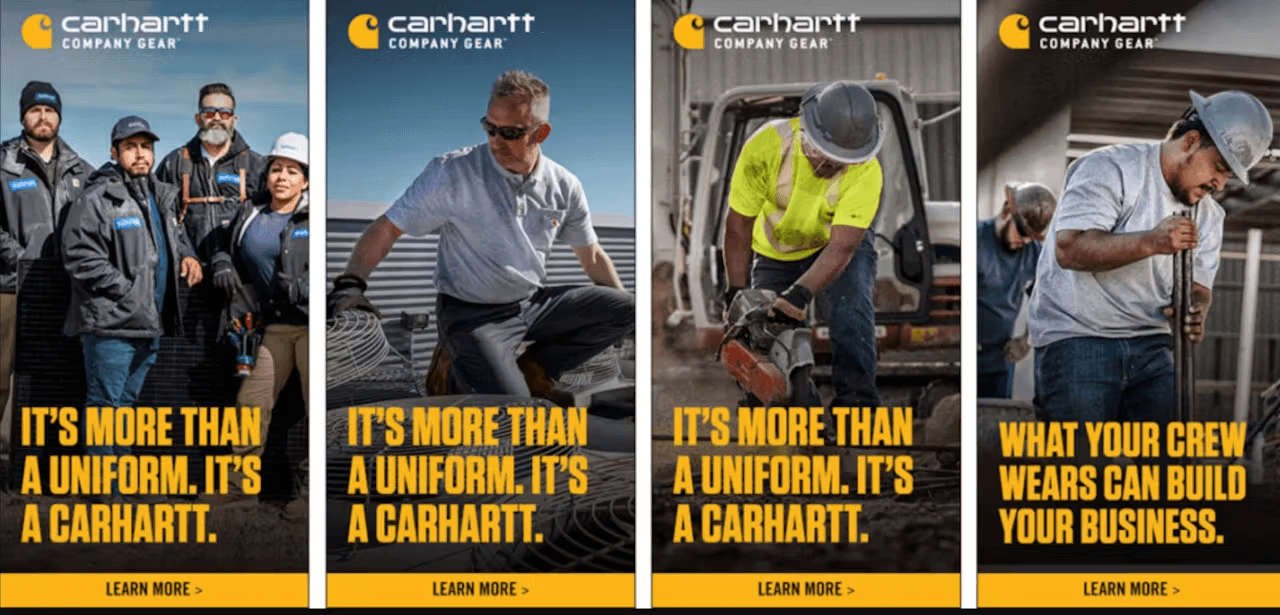
Wolverine: has built its brand by going straight to the source: the workers themselves. Their campaigns highlight the real stories and struggles of people in the trades, acknowledging their hard work and the challenges they face. By telling these authentic, human stories, Wolverine elevates its product from a simple boot to a trusted partner that understands and supports the lives of the people who wear it. If you have not checked out their videos, then you need to give Wolverine a follow on LinkedIn - trust me it is worth it. Check out their YouTube 🎬 page.
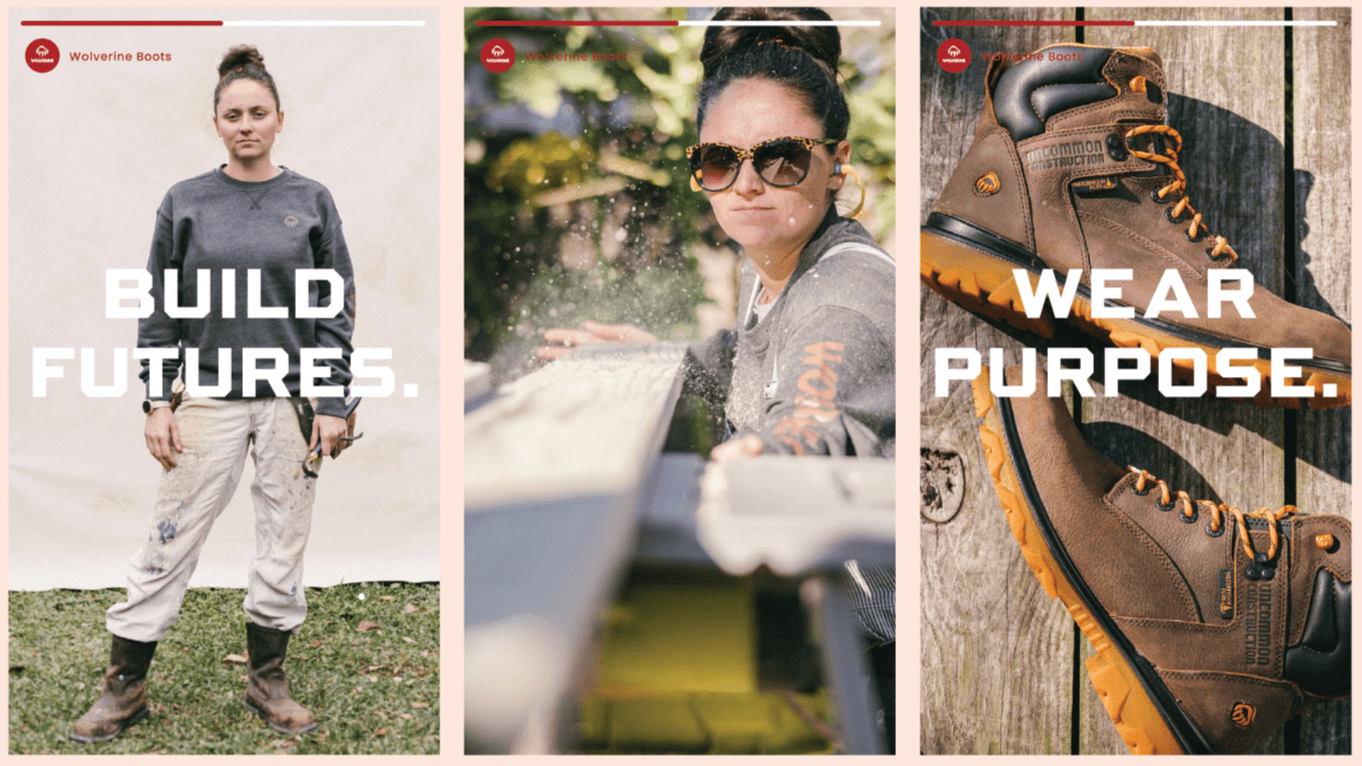
Procore: In the digital space, Procore proves the human element is everything. While competitors focus on technical jargon, their brand is built on a simple promise: to improve the lives of people in construction. The company recently rebranded, going even deeper on the human level by showing the people behind every project.
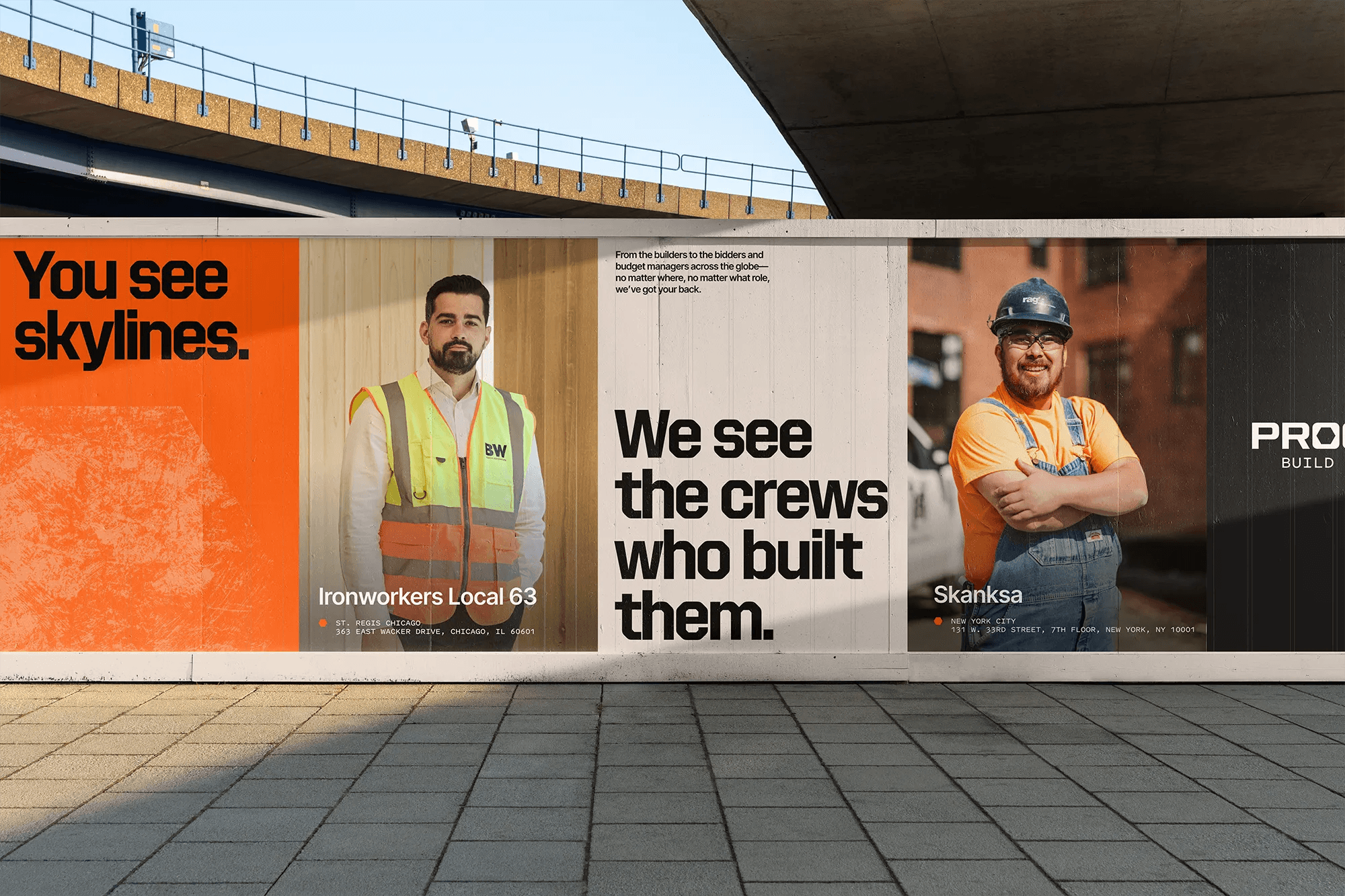
Caterpillar (CAT): sells confidence and legacy. They are the original content marketer. (Fun Fact: I always use CAT as an example that a brand really counts in the industrial sector. Ask any equipment operator why they love CAT and chances are they won’t have a technical answer but rather an emotional one - that is brand hard at work). Their marketing has evolved from showcasing brute strength to demonstrating precision and craftsmanship, appealing to the pride of the operator. This approach transforms a customer's purchase into a point of pride, making them feel confident in their choice and their own abilities. Through programs like the CAT Operator Challenge- the brand sells the emotion.
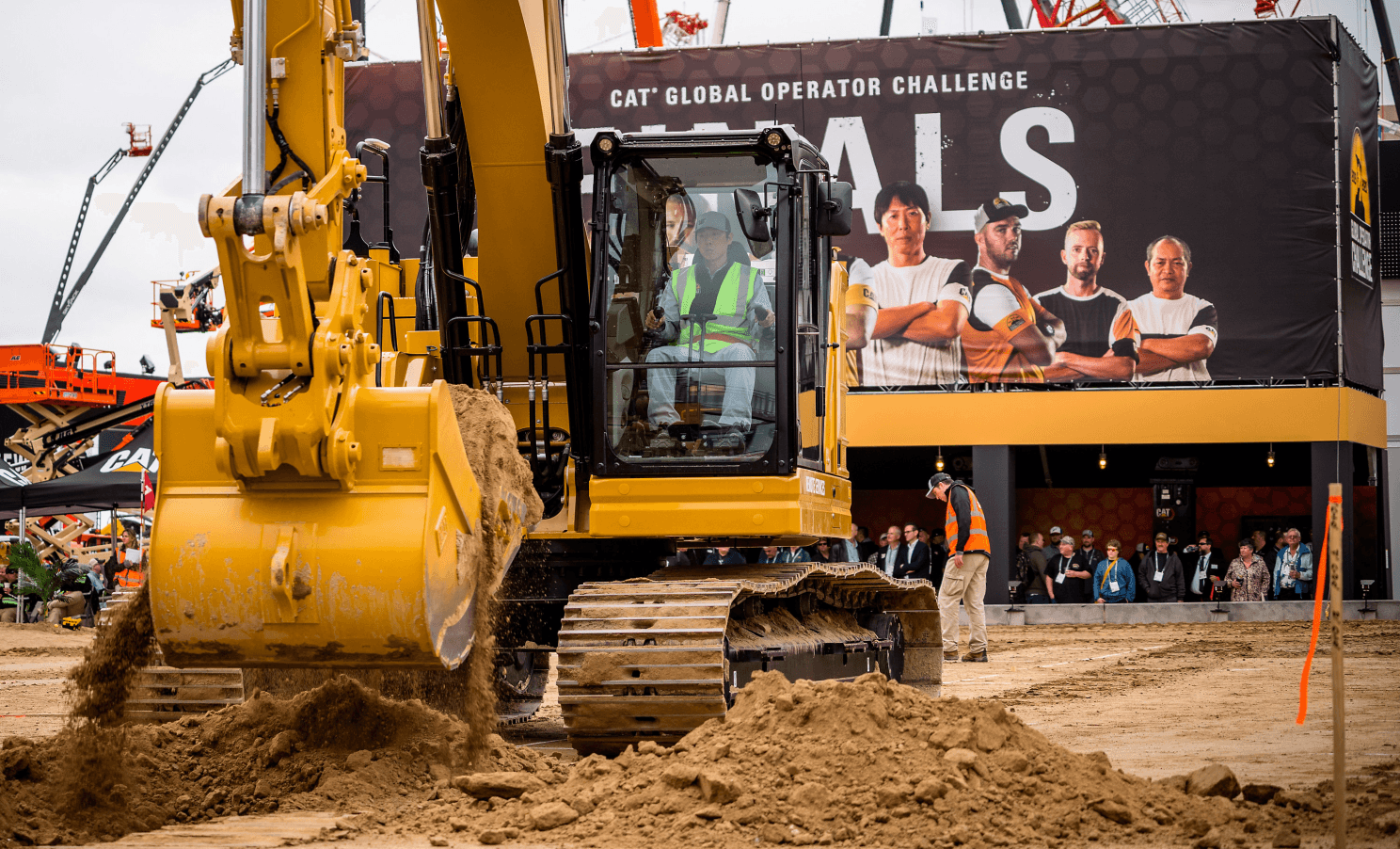
#2 The No One is (Really) Buying Rule in Action
These brands understand that long-term success comes from building awareness with the 95% of buyers who aren't in the market yet. The industrial sector has a long lead time and Anduril Industries, Cummins Inc., Schneider Electric Industrial Automation and GE all understand this - but invest in the long term.
Anduril: The defence industry is notorious for long sales cycles and bureaucratic processes. But Anduril, a modern defence technology company, is breaking the mold. Their recent NASCAR partnership isn't about selling drones to race fans; it's about making a bold statement. By linking their advanced technology with the cultural pride of American motorsports, they communicate a clear, emotional message that resonates with a broader audience—building brand awareness with the95%who are not yet in-market. From the day they launched their brand to every campaign in between that have continued to market to the 95% of buyers not in the market - so when they did go into a buying cycle - they were included with all the major primes. Fun fact - in 8 years they went from a start-up to over $30B in value (and growing fast 🚀). When they release new products they create mini brand films - check it out here 🎥).
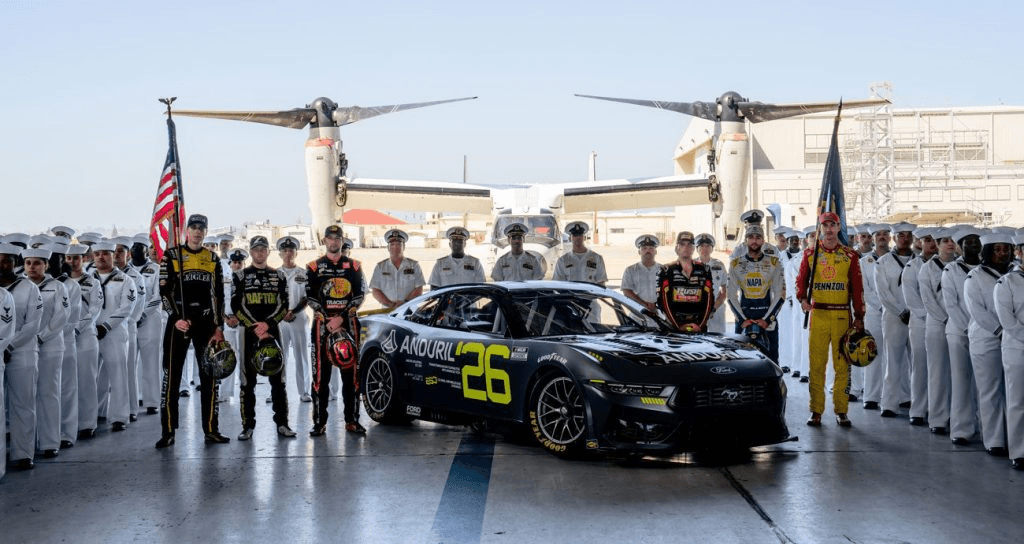
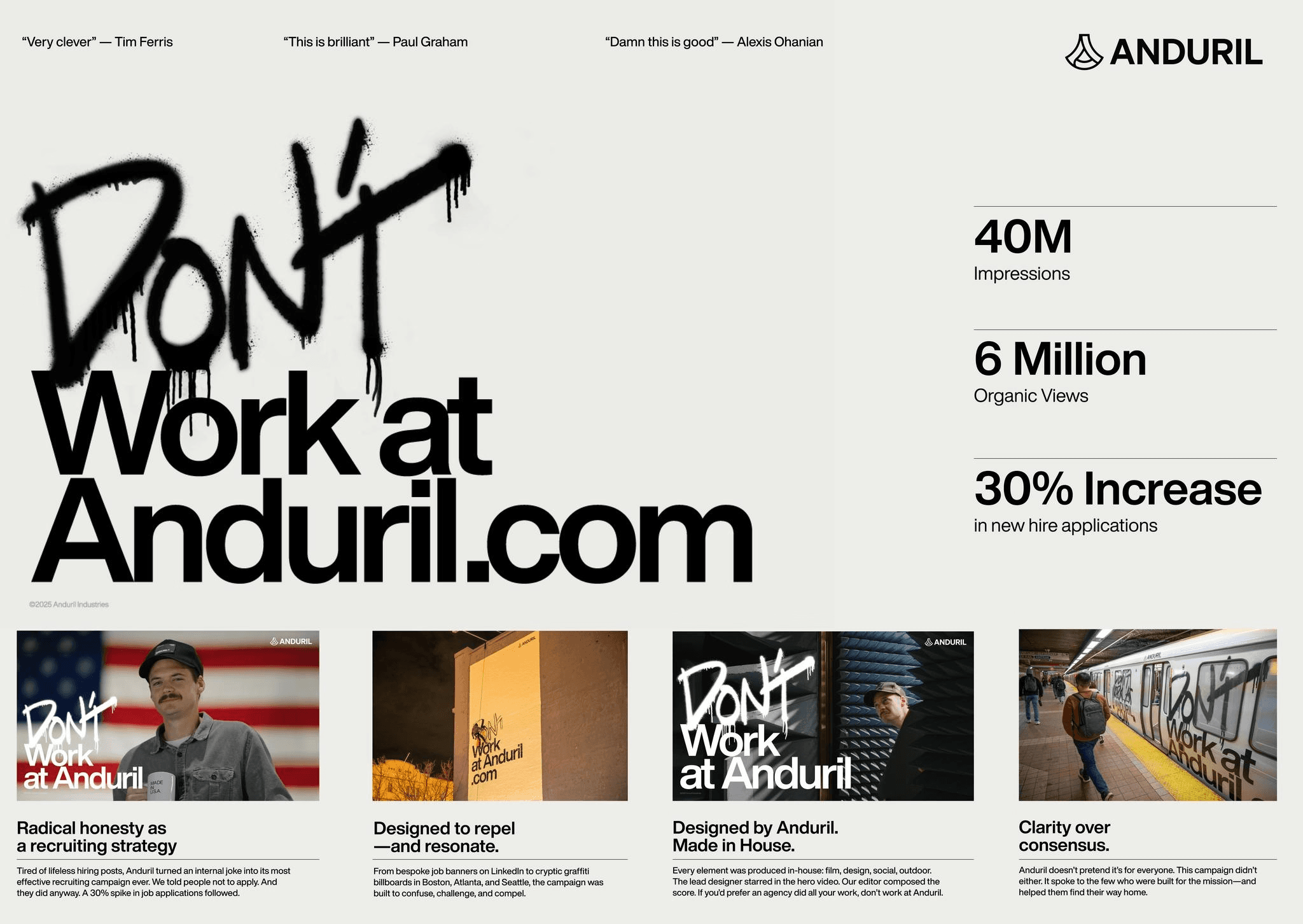
Cummins: As an engine manufacturer, Cummins' primary audience is highly technical. But their brand campaigns often focus on the power, reliability, and innovation of their engines in extreme environments. They sponsor documentaries and content that showcase the durability of their technology in mining, trucking, and marine applications. By marketing to a broad audience of enthusiasts, engineers, and future buyers, they build a powerful brand reputation long before a purchase is ever considered.
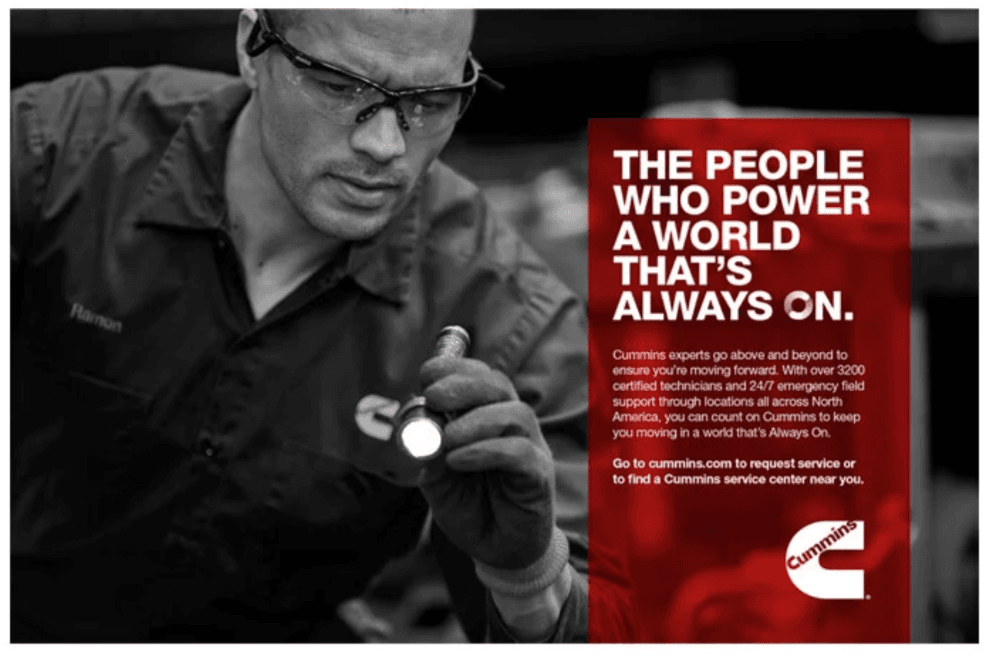
Schneider Electric: They have positioned themselves not just as a provider of equipment, but as a thought leader in sustainability and efficiency. Through their extensive content, they share a compelling vision for the future of energy management, building a powerful brand connection with clients long before a project is ever on the table.
GE: GE mastered this principle years ago with its "GE Reports" initiative. Instead of pushing sales, they created a massive content hub that told powerful stories about innovation, ensuring they were a known and respected name in a broad range of industries.
#3 The Invisible Sales Rule in Action
These brands have shifted from a pitch-first approach to a value-first one, using content to build authority and trust in the self-directed buyer's journey. Mack Trucks, Rockwell Automation and 3M all showcase examples of letting the buyer lead.
Mack Trucks: Mack Trucks has an incredible brand legacy, but in an era of invisible sales, they know heritage alone isn't enough. They've shifted from a pitch-first approach to a value-first one, using content to build authority and trust. Their podcast, "Beyond the Bulldog," provides industry expertise and insider knowledge, earning the respect of fleet managers and owner-operators long before they are ready to buy.
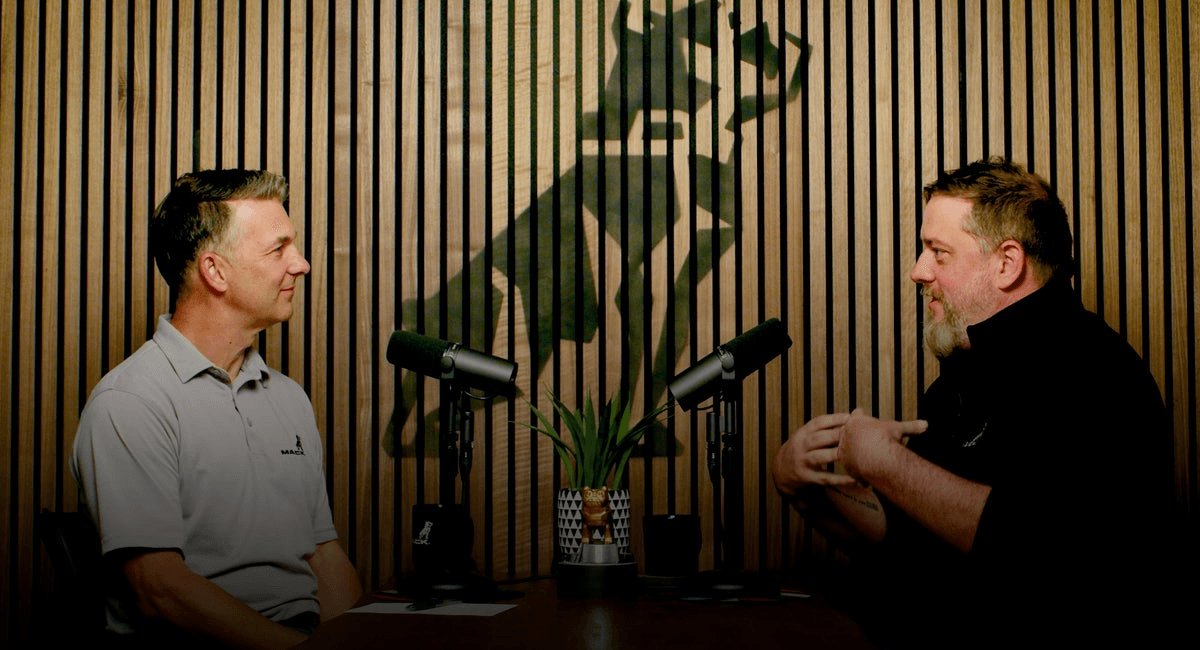
Rockwell Automation: As a leader in industrial automation, Rockwell has built a powerful brand around enabling the self-directed buyer. Their extensive "Knowledgebase" is a prime example of a marketing tool that serves the invisible sales cycle. It provides engineers, technicians, and partners with a massive library of technical documents, application notes, and software downloads. By giving customers the tools to find solutions on their own, Rockwell becomes a trusted, go-to resource long before a purchase decision is made.
3M: This brand has built a legacy on problem-solving. Their website features a massive library of technical data, white papers, and application guides. This self-service content empowers engineers and project managers to research and select the right solution on their own, making 3M an indispensable resource in the invisible sales cycle. They also do creative B2B campaigns like the one we all remember below👇

#4 The Day One Rule in Action
These brands have built powerful reputations that ensure they are on the shortlist from the very beginning of the buyer's journey. We dive into how John Deere, Turner Construction Company and WSP all invest in marketing to be on the day one list.
John Deere:🚜 This brand is what I believe officially started content marketing. And it has really worked. Why, among all tractor manufacturers, does John Deere stand as a symbol of hard work and American legacy? For generations, they have represented both reliable equipment and the promise of a successful harvest. Their iconic green and yellow colour scheme has become emblematic of an emotional connection to the land. John Deere is always "on the list" on day one, a testament to the fact that when you build a powerful brand, you stop having to sell and people start buying into you. They've also been a pioneer in brand loyalty, publishing The Furrow, a custom print magazine for farmers since 1895, providing valuable information and solidifying their place in the heart of their audience for over a century.
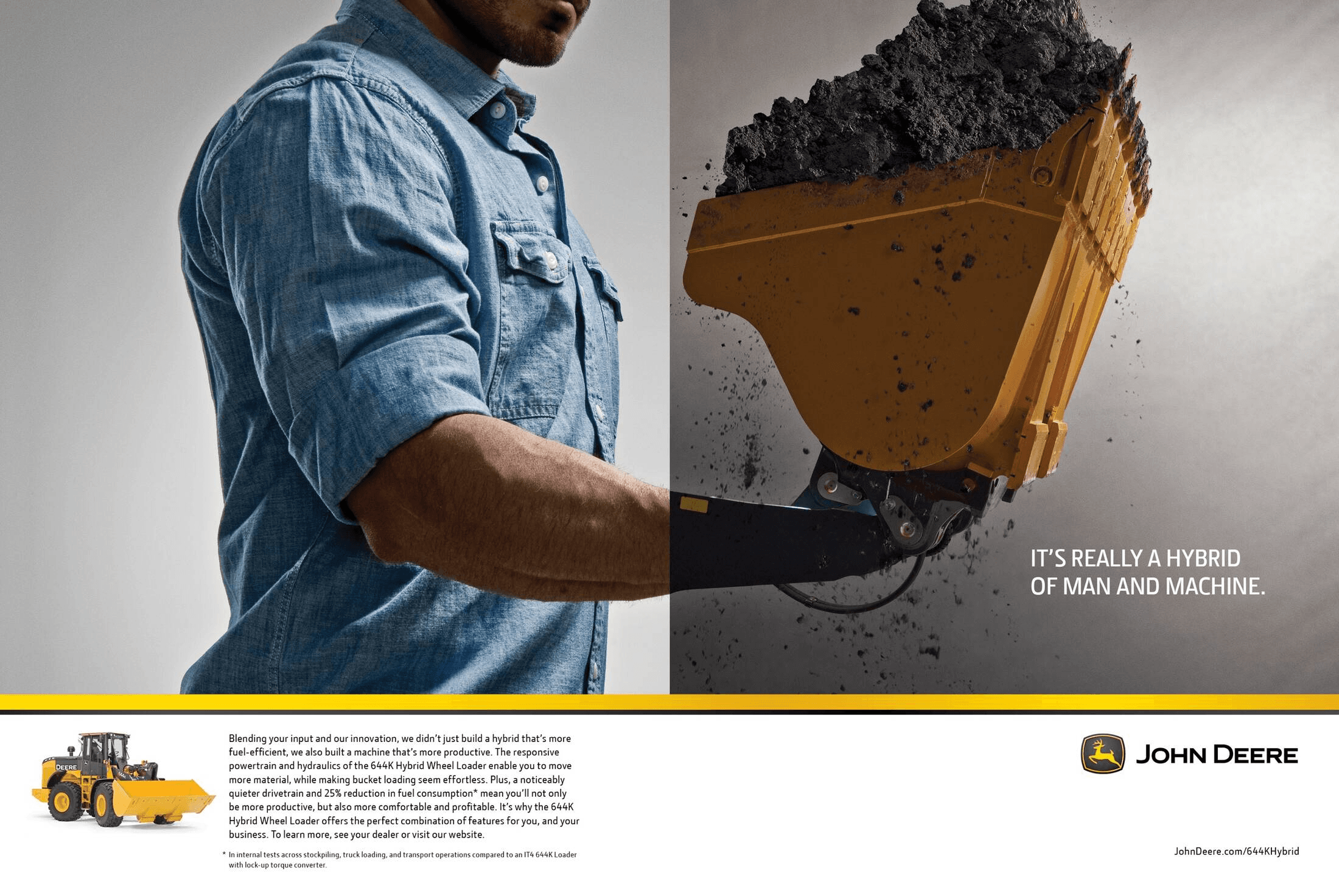

Turner Construction: For a new skyscraper or a major sports stadium, no one is searching online for "large construction company." Instead, they are starting with the established brands they already know and trust. Turner Construction is the perfect example. Their brand is their reputation for building iconic structures like SoFi Stadium, Levi's Stadium, and The New York Times Building. Their proven track record and brand equity ensure they are on the shortlist for any major project from the moment it’s conceived. Chances are, if you are building something epic that Turner will be a part of the Day One list.
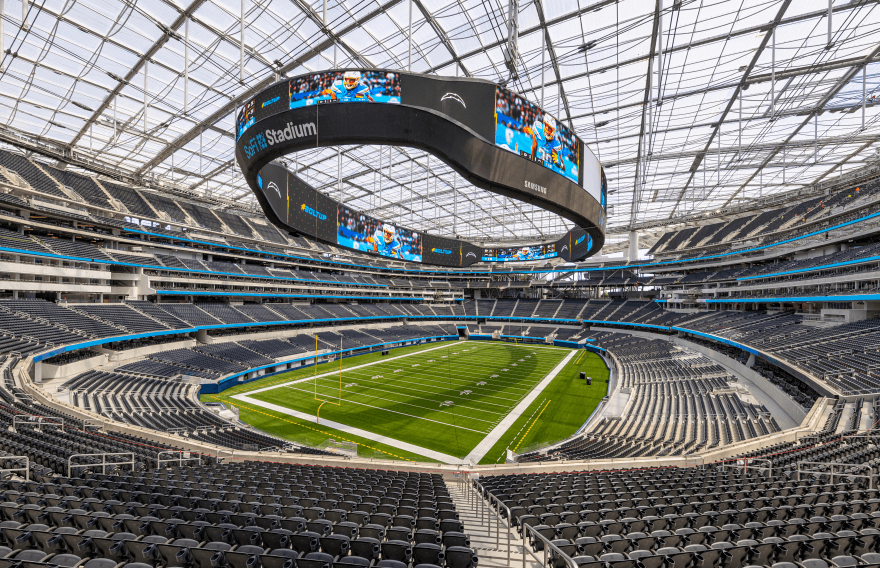
WSP: A great Canadian example is WSP, a global engineering firm. Its name is synonymous with engineering excellence and a legacy of groundbreaking projects like the new Samuel de Champlain Bridge in Montreal. WSP's brand is built on thought leadership, with campaigns that position them as trusted and forward-thinking experts, ensuring they are a top contender for any major project from the outset.

How We Live These Rules @ Site. 👇
At Site, we don't just preach these rules - we live them. From the start, we committed to specialization to ensure we would be a Day One Brand for our target audience. We also made it a priority to create a brand that our clients could connect with on an emotional level. We set our mission to elevate the industrial sector - and connect us with our audience.
As our company has grown, so has our marketing. We have created a number of unique initiatives to drive results, all designed with the new rules of B2B marketing in mind:
- We built our brand identity for future growth, including new sister organizations like SiteNews, SiteTalent, SitePursuits and SiteTechnology
- We created our own media brand, SiteNews, to elevate the industry and build brand awareness with the 95% of buyers not yet in-market.
- We launched our podcast 🎙️The Creative Department, to showcase our expertise and provide valuable insights for clients in their self-directed research.
- We built the first industrial movie studio in Canada, SiteStudio, to produce emotionally engaging content that connects with human buyers.
- We launched our own beer, SiteLager, and our own merch store, SiteSwag.
- We launched our annual event, the SiteSummit, to connect the industry and foster a community around our brand (350 people, 135ft yacht, 2 days of learning).
- We created the 🇨🇦Top 40 Under 40Campaign for the industry, positioning ourselves as a partner dedicated to the future of the industrial sector.
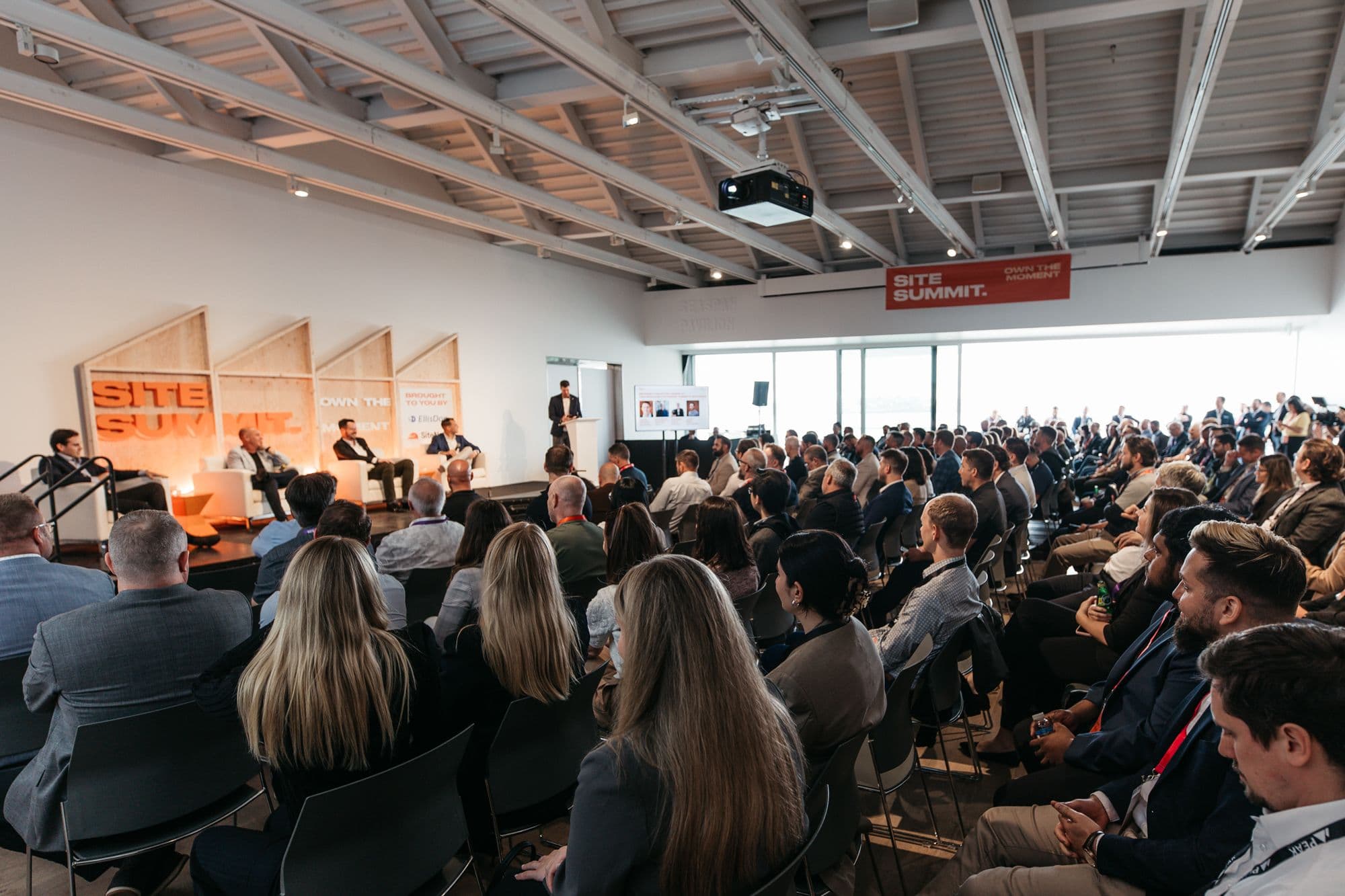
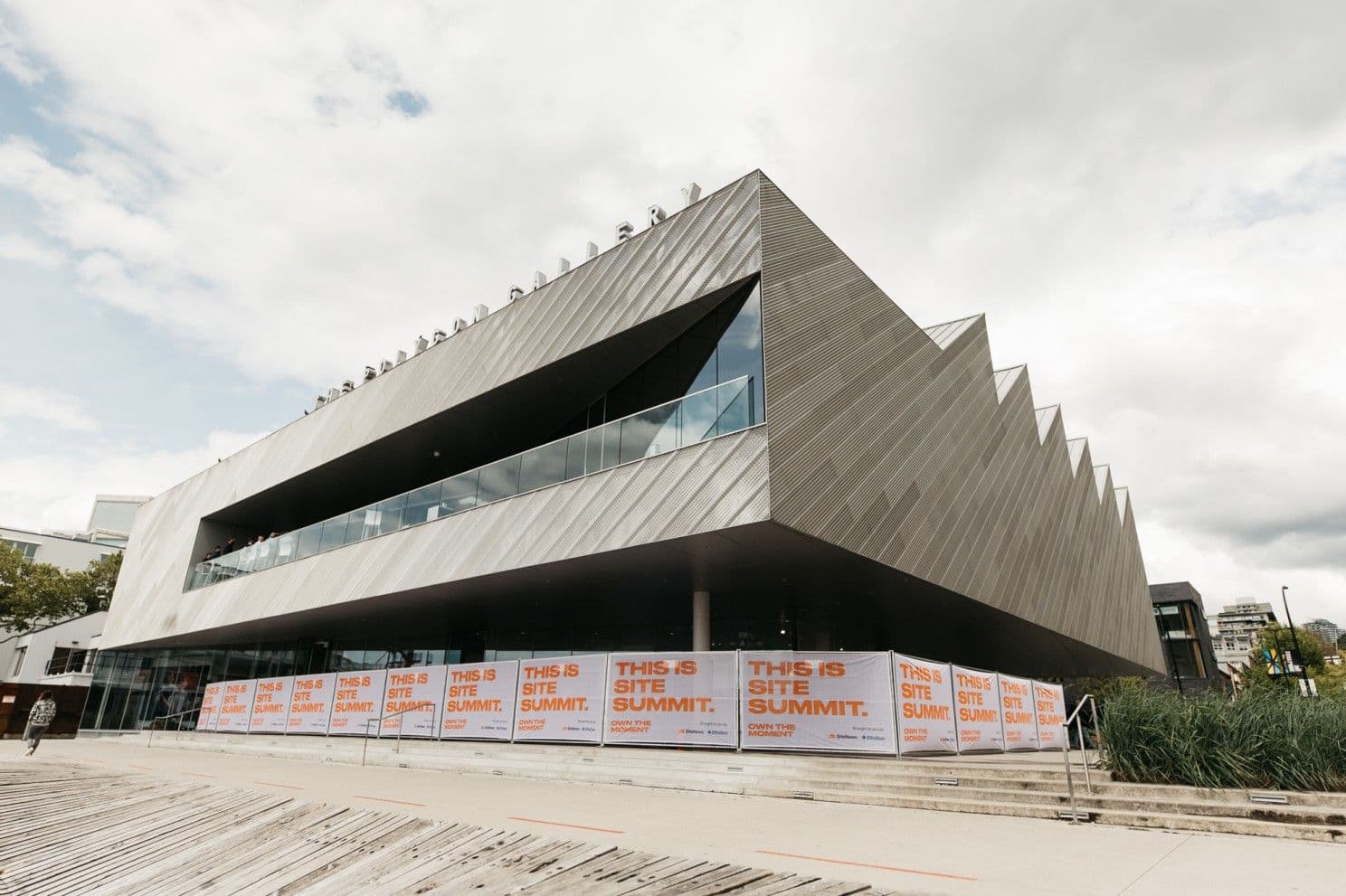
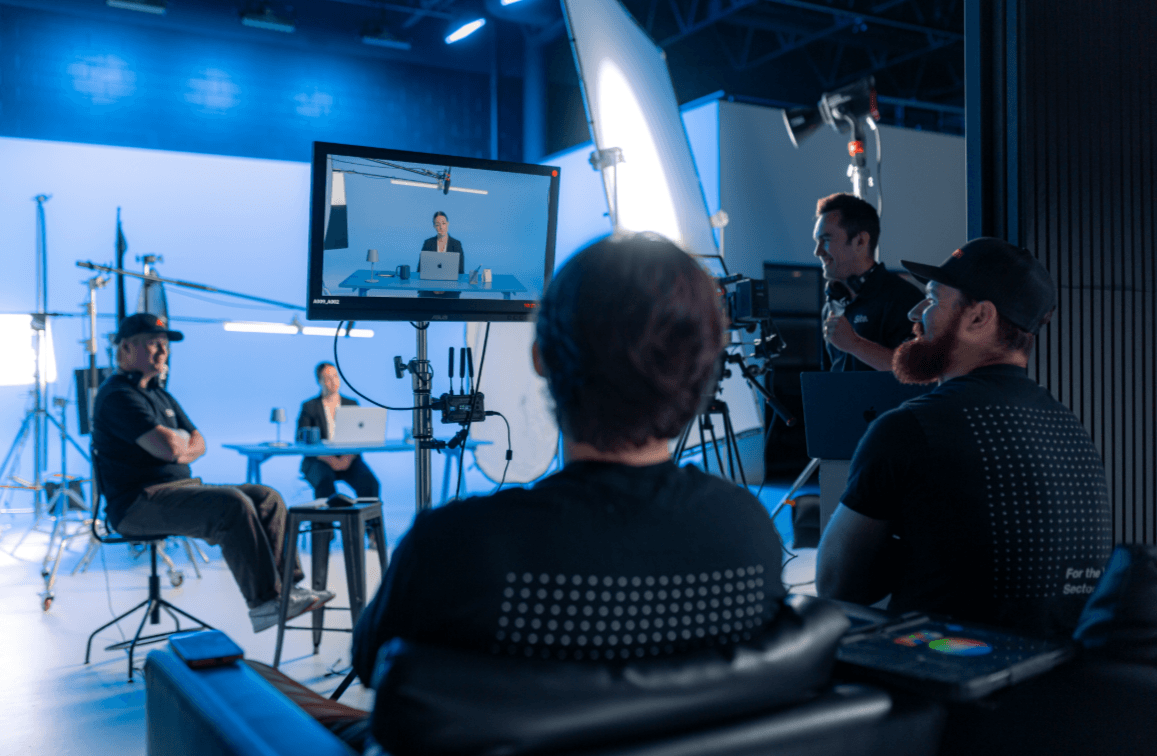
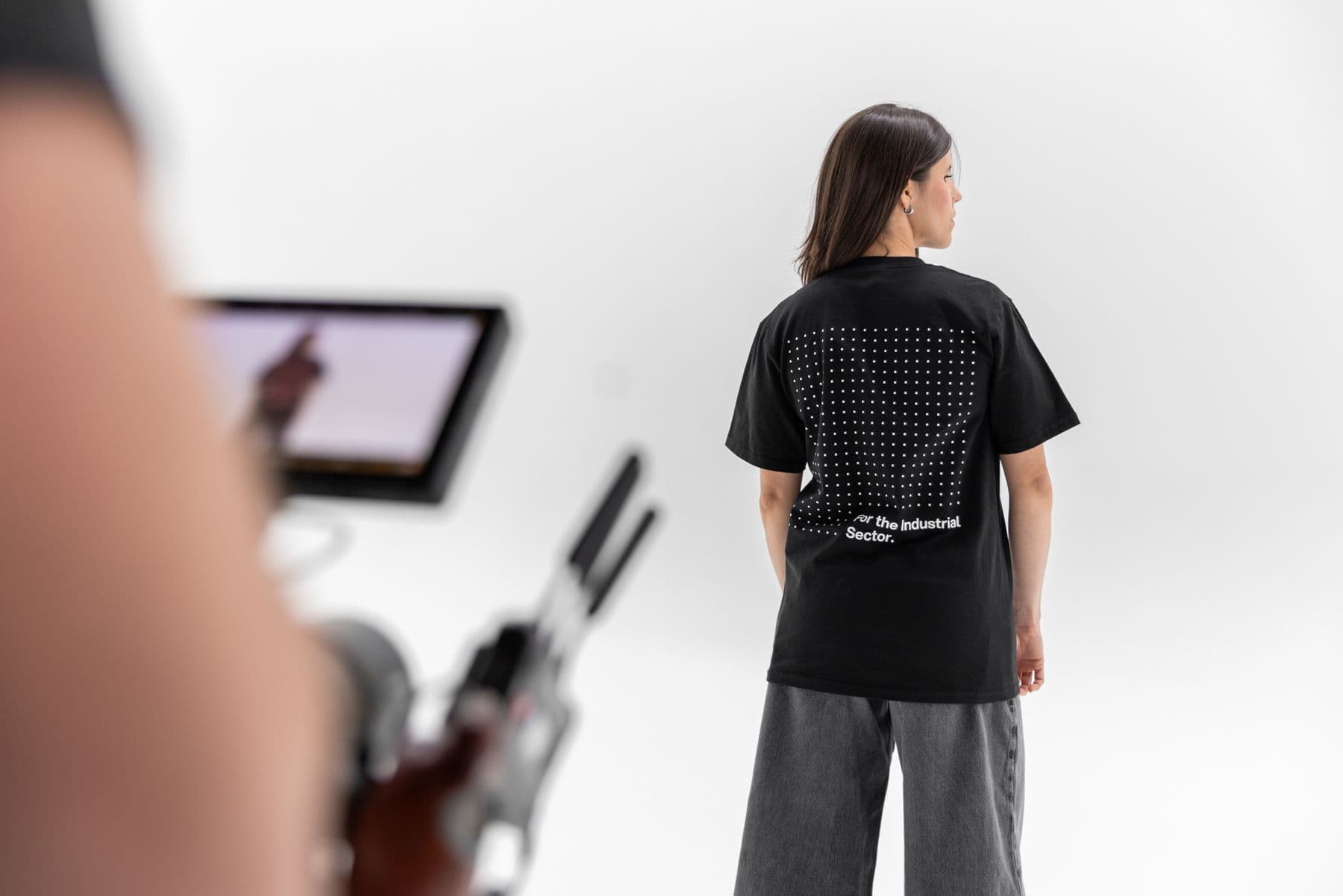
All of our Site initiatives were designed to build trust, create human connections, and ensure we are top-of-mind with our audience. We use our own brand to showcase confidence and prove that we truly understand the value of a powerful, human-first approach.
Top 7 Tips to Elevate Your Industrial Brand 📈
It’s time to shift strategy and start building a modern, memorable brand. Now that you know the rules and have learned from some great industrial brands living it out - here are seven takeaways for industrial marketers to take their brands to the next level:
- 📢 Invest in Share of Voice: You need to talk to more customers than you currently have to grow. This is what brand advertising is all about. You need to invest in brand awareness campaigns so more of your target audience gets to know you, trust you and fall in love with your brand.
- 👋 Balance Brand and Activation: Tactical campaigns are great for immediate results, but you must balance them with long-term brand building to create emotional connections and sustainable growth. Marketers need to balance short-term and long-term campaigns to drive real business growth.
- 🖤 Harness Emotion: Use emotional messaging for the95%who aren't in-market. For the5%who are, lead with facts and data.
- 💡 Maximize Mental Availability: Be everywhere your customers are, so when they’re ready to buy, your brand is the first one they think of.
- 📈 Expand Your Customer Base: Don’t just sell to net-new clients. Deepen relationships with existing ones, turning them into brand advocates.
- ✍🏽 Embrace Storytelling: Ditch the jargon and technical specs. Your story is your most powerful tool for differentiation. Use it to protect your price and make your brand memorable.
- 👷🏽♂️ Be Human: The stakes are personal in B2B. Acknowledge your buyers' fears and find ways to make them feel BRAVE. That's how you win hearts and minds.
What do you think are the new rules of marketing in your industry? Share your thoughts in the comments below! If you're ready to start building a brand that wins on emotion, connect with me and the team at SitePartners.



